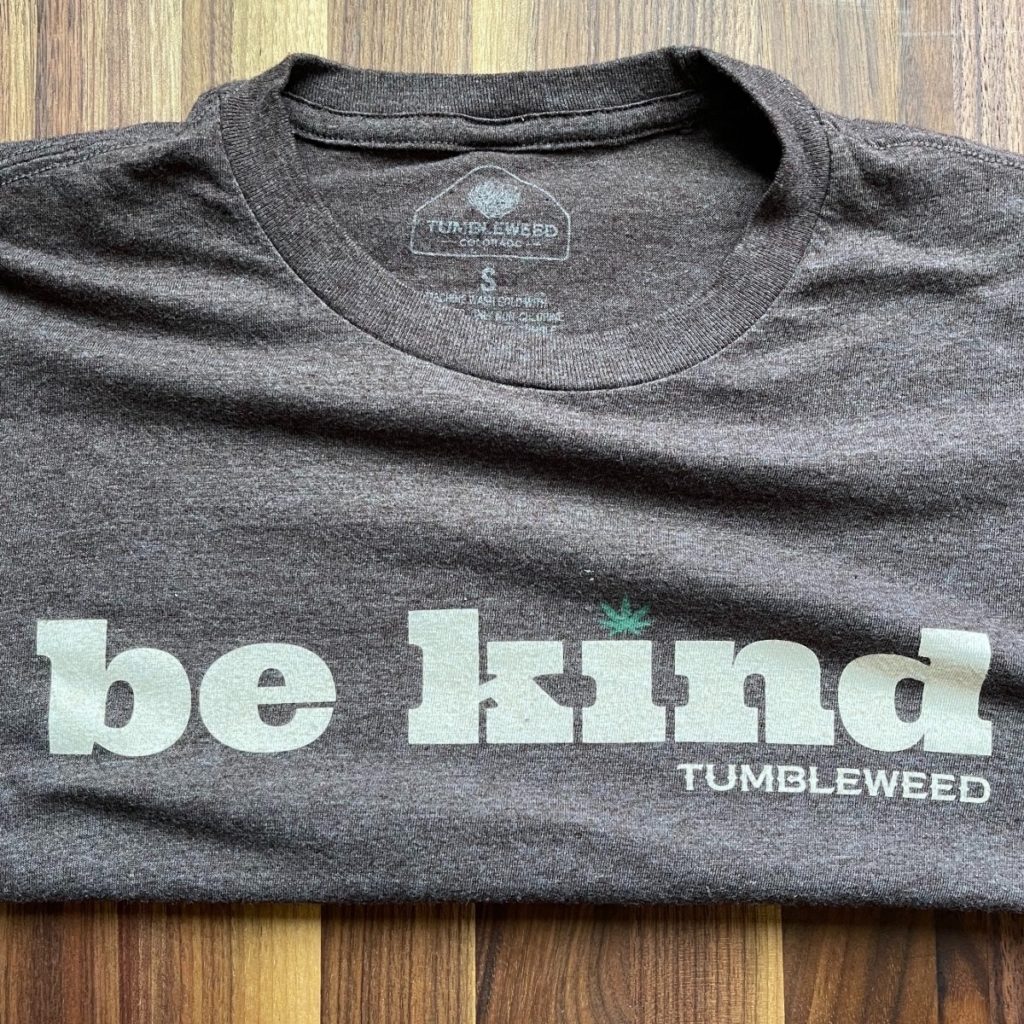Brand-On Blog
Resources
BEYOND THE PRODUCT – VOLUME 1: SUSTAINABLE PRINTING
“The greatest threat to the planet is the belief someone else will save it.” -Robert Swan
Sustainability, by definition, is “the quality of not being harmful to the environment or depleting natural resources, and thereby supporting long-term ecological balance.” Corporate sustainability has been quite the buzzword in companies across all industries and geographic demographics, and the pandemic has most definitely put an even larger emphasis on who’s doing what in terms of increasing their contributions to help preserve Planet Earth. American tech company Cisco has shifted their focus on increasing efficiency and reducing emissions across operations over the past five years, and reported that 83 percent of their electricity came from renewable sources in 2020. Logistic companies such as UPS and FedEx have committed to purchasing millions of gallons of renewable natural gas (RNG) over the next several years, in efforts to reduce emissions and other harmful toxins that pollute the environment on a daily basis.
At Brand-On, we choose to partner with factories like SanMar, an apparel manufacturer who has, for years, been purposeful with ensuring they’re not contributing to potentially dangerous and harmful labor practices within their global supply chain.
When it comes to branding your business, there are a variety of ways we can contribute to sustainability efforts in everything we produce. In our previous series, Speaking Promo, we broke down the various decorating methods as it pertains to tee shirt printing specifically, in our blog SPEAKING PROMO – VOLUME 5: TEE TALK DECORATION. In the first installment of our new series, we’re taking it a step further as we break down the sustainability components to tee shirt decorating; because after all, sustainability comes in many shapes and forms, and it goes way Beyond the Product.
PLASTISOL INK: Typically chosen as the “cheapest” option, plastisol ink is the most widely-used ink when it comes to screen printing. It is also often thought to be the most harmful when it comes to being environmentally savvy, since it’s made from polyvinyl chloride (PVC) particles. You may recognize PVC as something you have in your home, since it’s rigid form (also known as RPVC) is commonly used in construction for pipes and in profile applications, such as windows and doors. It’s not hard to see why this decorating method is assumed to be the most harmful to the environment given it’s makeup. Especially when new decorating methods, such as water-based ink, are evolving every day.
WATER-BASED INK: Water-based ink is made up of two simple ingredients: water and pigment. Since the base of this ink is free of plastic and PVC particles, it is seemingly the most eco-friendly option when it comes to screen printing. You also may have heard us mention discharge printing as an apparel decorating method. Discharge ink is created and printed the same way a water-based ink is created and printed, with the only differentiator being an added discharge activator (also water-based), which is used to deactivate the dye in the shirt. This gives us the ability to amplify your image with an incredible retail look and feel, as discharge ink expands our decorating capabilities and gives us the ability to print on darker garments.
Not only is water based and discharge ink water soluble, making them the favorable choice for our clients who are just as environmentally-conscious as we are, but these inks can be “recycled” after one use. This only adds to its sustainability appeal, right? Not so fast…
There are some types of water-based inks that do contain chemicals considered to be toxic. Some contain zinc formaldehyde sulfoxylate, which is technically a hazardous waste material, while others contain propylene glycol. Propylene glycol is one of the main components of antifreeze. Yeah … let that sink in .
When we’re looking at the overall sustainability of the product you’re choosing as the vessel to promote your brand and grow your business, it’s important to look at all sides of the printing equation. Here’s some fun facts about plastisol and Water-based inks:
- Water-based inks can be “recycled” after just one use, but the plastisol ink left over from a job can go right from the screen back into its original container to be reused for future jobs.
- Technically, water-based printing consumes more overall energy than plastisol ink. Water-based ink dries quickly on the screen, which means there’s a wasted ink component to each order. Plastisol ink is stretchy and resilient, meaning it doesn’t dry up on the screen at all.
- Plastisol ink is made from a stable plastic, which means it stretches further and “covers more ground,” using less ink to do so.
- Water-based printing requires longer dry times to cure the ink, where plastisol ink cures quickly at a different temperature, taking less time to dry. The energy consumption game is real here, friends.
There are so many benefits to both of today’s most popular screen printing methods. Plastisol ink has seemingly had a bad rap in the past when it comes to being eco-friendly, however when you really dive into all of the printing factors, deciding between plastisol ink and water-based ink for your next apparel project from an environmentally friendly standpoint, all in all, is really a wash. Hashtag the more you know.
For more information on all of the additional behind-the-scenes services Brand-On offers, such as custom patches on the coolest headwear, kitting and custom packaging for your virtual events, online stores, fulfillment and so much more, go to brand-on.us/our-work/.
You can also contact us for more ideas on how we can help you amplify your image by visiting us at brand-on.us/contact-us/, where you can subscribe to our newsletter to get the latest on sales, product releases, industry news, and more. Don’t forget to follow us on Instagram using the handle @brand_on.life – all the cool kids are doing it.





